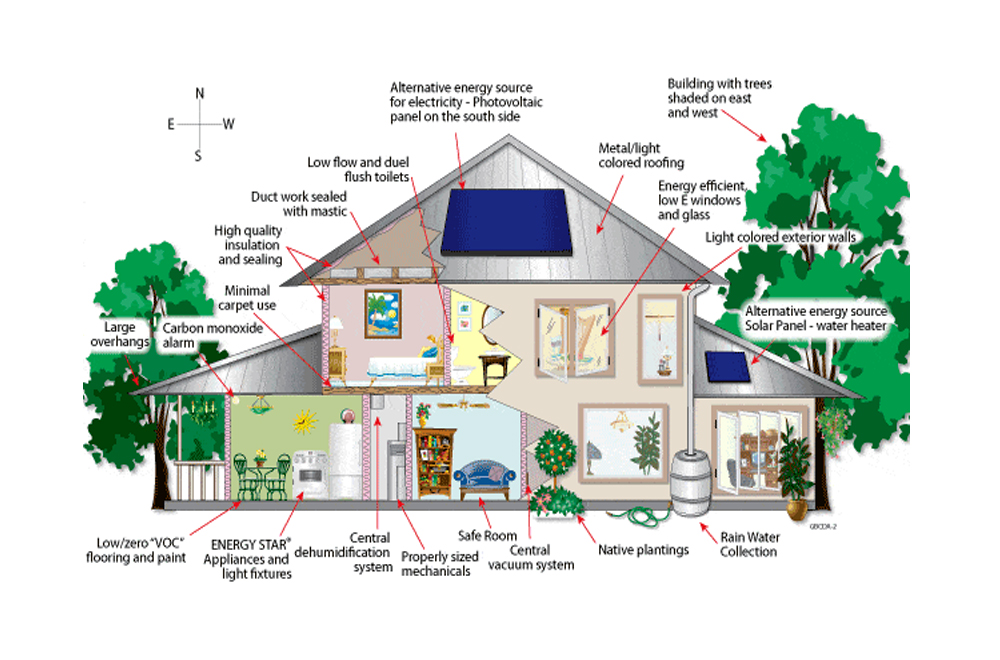Estimating labor costs accurately in the construction industry is vital for winning bids, delivering projects on time, and ensuring profitability. Traditional methods can be slow and prone to errors, but with the right strategies and tools, contractors can significantly streamline their estimating process and improve accuracy. In this article, we’ll explore efficient methods and digital tools that can revolutionize the way you estimate labor costs, helping you secure more projects and enhance your bottom line.
Firstly, let’s walk you through the process of estimating labor costs in construction, providing you with valuable insights and strategies to optimize your efficiency and accuracy.
Table of Contents
ToggleChallenges of Calculating Construction Labor Cost
Before delving into the estimation process, let’s address the challenges faced in calculating the value of construction work. Determining labor, material, and equipment costs can be complex. Still, with the right approach, you can streamline the process and achieve accurate estimates that set the foundation for your projects.
The Base Rate Calculation
Establishing a solid base rate for labor is crucial when beginning any construction project. The base rate forms the foundation upon which you build your estimates. To calculate the base rate, you must consider the wages of different crew members, such as the lead, journeyman, and apprentice. This step helps you determine the hourly rates for each type of worker.
Accounting for the Labor Burden
While calculating labor costs, it is essential to account for the labor burden. It includes employee benefits and additional costs contributing to overall expenses. One way to calculate labor burden is by multiplying the number of days an employee is out by the number of hours in a single shift. This gives you an idea of the additional cost that needs to be factored into your labor estimation.
Yearly Employee Costs
To gain a more comprehensive understanding of labor costs, it is essential to factor in the yearly costs of having an employee. This includes expenses such as payroll taxes, training, insurance, benefits, supplies, and more. When added together, these costs form the labor burden, which is a crucial element in accurately estimating labor expenses.
Determining the Labor Rate
To calculate the labor rate for your construction project, you need to sum up the employees’ hourly wages. Afterward, multiply this total by the labor burden and markup. This step allows you to arrive at the labor rate, a key component in determining your project’s overall construction labor cost.
Advanced Methods To Estimate Labor Costs in Construction
Estimating labor costs manually can be time-consuming and prone to human errors. Thankfully, there is technology available to simplify and automate these calculations. Timekeeping software is particularly beneficial, as it optimizes productivity and minimizes errors. With features like time card management and mobile apps for crew members, you can efficiently track labor costs, enhance efficiency, and improve overall performance.
Using software to estimate labor costs offers numerous advantages for individuals and teams. From optimized productivity to accurate cost tracking, the benefits are significant. By incorporating technology into your estimating process, you can reduce the likelihood of costly mistakes and streamline your construction projects for better results.
1. The Unit Pricing Method: Streamlining Estimation
One effective strategy for enhancing estimating efficiency and accuracy is the Unit Pricing Method. Instead of relying solely on subcontractors or manual calculations, contractors determine direct labor and material costs upfront and then add supervision, overhead, and profit. This approach not only saves time but also ensures a more accurate bid. To make this method even more effective, consider using digital software like Planswift, Bluebeam, or OnCenter for precise quantity measurements.
Submarkups: Enhancing Cost Transparency
Collaborating with subcontractors using submarkups can provide you with actual construction cost insights, leading to more competitive bids. It allows you to see the individual costs contributed by each subcontractor, enabling you to fine-tune your estimates and identify areas for cost optimization.
The Power of Dashboards
Utilizing a dashboard can transform how you manage and assess costs during the negotiation phase. Having a centralized platform to visualize all your expenses empowers you to make quick adjustments and learn from client feedback. This real-time overview enhances your decision-making process and ensures you stay on top of your project’s financial health.
Invest in a Cost Database
Consider investing in a comprehensive cost database like the National Construction Estimator. Such databases offer location-specific data and field condition adjustments, ensuring your estimates are more accurate and tailored to your project’s specific requirements.
Creating Your Own Unit Pricing
Crafting your unit pricing can save valuable time and improve bid accuracy. Let’s delve into the step-by-step process to calculate unit pricing for your projects:
Step 1: Choose a Sample Item
Select a sample item that represents a common element in your project, such as a wall, to calculate labor and material costs.
Step 2: Labor Cost Calculation
Estimate the labor cost by considering the number of workers, hours required, and their hourly rate. This step ensures you have a clear understanding of the labor expenses associated with your project.
Step 3: Material Cost Calculation
Calculate the material costs for each item used in the project. Please take into account the quantities needed and their respective prices.
Step 4: Total Direct Cost per Square Footage
Once you have the total labor and material costs, divide them by the total square footage of the sample item to determine the direct cost per square footage. This figure will serve as the basis for your unit pricing.
2. The Square Foot Method: A Versatile Estimation Strategy
The Square Foot Method is a valuable technique used for prospecting and last-minute bidding. Here’s how it works:
Budget Method for Architects
Utilize the Square Foot Method to offer budget pricing to Architects during the design phase. This can lead to potential partnerships and recommendations, expanding your client base.
Last-Minute Bidding with Budgets
When time is limited for a detailed estimate, provide a “Budget” bid initially to gauge client interest. If they show interest, invest more time in preparing the final costs for increased accuracy.
Analyzing Historical Data
Use historical data on average costs per square foot to create budget estimates for various project types. The more data you have, the better you can identify patterns and estimate expenses for similar future projects.
Maximizing Efficiency and Winning More Bids
Using the Square Foot Method, you can prepare bids faster, increasing your chances of winning projects and driving business growth.
3. The Rule of Two Method
Labor costs typically constitute a significant portion (40–50%) of construction expenses. Accurate labor estimates are vital for fast and precise bidding. To estimate labor costs more efficiently, consider using the Rule of Two Method:
Multiplying the labor cost estimate
Multiply your rough labor cost estimate by 2 to account for various factors and uncertainties.
Adding a Cushion
Include a 10% cushion to cover unforeseen expenses and ensure a more realistic labor cost estimation. Many contractors lose out on projects because of neglecting proper estimating methods. Stay vigilant and meticulous in your calculations.
Conclusion
Estimating construction labor prices doesn’t have to be a daunting task. It’s a critical skill that can make or break the success of your projects. By understanding the challenges and implementing an efficient process, you can provide accurate quotes, stabilize profit margins, and avoid client dissatisfaction.
By adopting efficient strategies like the Unit Pricing Method, using digital tools, and embracing the Square Foot Method, you can streamline your estimating process and enhance accuracy. The Rule of Two Method also allows for a quick but reliable labor cost estimate.
Take the time to refine your estimating process and empower your construction business with these techniques, and you’ll be on your way to winning more bids and achieving tremendous success. If you find it challenging to manage on your own, consider reaching out to specialized firms like Construct Estimate to assist you in achieving accurate cost estimates and winning more contracts. Proper estimation can be the key to thriving in a competitive industry. Happy bidding!






